20 Nights / 21 Days
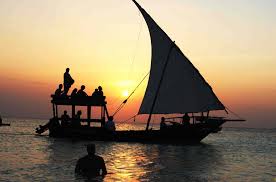
Tonight, the adventure begins but feel free to explore your surroundings long before your welcome meeting begins. Your time in the little town of Livingstone can be filled with a variety of activities. Take a helicopter or microlight flight over the Victoria Falls, and let your breath be stolen away by the sight of the largest sheet of falling water in the world, cascading across two countries into a narrow gorge. Make sure to visit this UNESCO World Heritage Site, which is also one of the Seven Natural Wonders of the World. When you stand in front of the Victoria Falls you will understand why the indigenous tribe the Tonga gave it the beautiful and descriptive name of Mosi-Oa-Tunya (The Smoke That Thunders). Please be back in time to meet your group at 18:00. After introductions, your Tour Leader will review the details of your trip. Your Tour Leader will recommend a good selection of restaurants from which you can choose to experience the cuisine on offer in Victoria Falls.
Today you will have time to do some of the action-filled activities that the area offers. Bungee jump or gorge swing off the Victoria Falls Bridge that links Zambia and Zimbabwe and have a different view of the Victoria Falls at the same time. This bridge is constructed to carry railway, road and foot traffic. For an adrenaline activity, closer to the Zambezi River, choose a half day or full day white water rafting adventure. You can end the day with a sunset cruise on the Zambezi, complete with snacks and refreshments.
A long day’s drive to Lusaka, the capital of Zambia. You have ample time to relax and soak up the scenery of unspoiled nature and traditional settlements en route. Your rest camp is just outside the capital situated on a private game farm, where you can linger in the swimming pool or enjoy refreshments in the bar.
Meals: Breakfast, Lunch, Dinner
Another long, but worthwhile drive in a north-east direction to the jewel of Zambia, South Luangwa National Park. Savour Africa’s natural beauty from the comfort of your Adventure Overland Safari Vehicle. You will cross an important landmark about halfway, namely the Luangwa Bridge across the Luangwa River. If time allows you might make a quick stop at the market town straddling the highway and taste dried fish or buy a straw hat for the sunny days ahead. You will overnight next to the Luangwa River on the border of South Luangwa National Park. A brave night guard will be on the look-out for hippo, elephant or lion that might wander into the camp. You will truly feel part of Africa at Luangwa.
We do a morning game drive with 4×4 safari vehicles to see how many of the 60 different animal species in the park we can find. South Luangwa is the southernmost national park in the valley of the Luangwa River and regarded by many experts as one of the greatest wildlife sanctuaries in the world. Be on the lookout for elephant lazily going about finding food, search for the well-known red lion nicknamed Ginger by the Rangers, stop at towering Thornicroft giraffe, the tallest animals in the world, great herds of buffalo, puku, zebra, pods of hippos and much, much more. Get lost in a spectacular world with majestic trees such as mopane, tamarind, sausage tree and marula tree and watch the rising sun turning the morning dust into swirling red-golden clouds. You also
have the option to book an afternoon or night game drive as an optional activity.
The next few days will offer a total change of scenery and a new country when you camp right next to Lake Malawi, also named The Lake of Stars by explorer David Livingstone because of the lights of fishermen on the lake at night. Nestled between Malawi, Mozambique and Tanzania, this great body of water is lined with picturesque thatched roofed huts and colourful washing fluttering on washing lines. You will drive past self-sufficient crops of maize, banana and pawpaw trees, racks loaded with small fish drying in the sun, chicken and piglets scattering across the road, women in brightly coloured wrapped skirts with buckets balanced on their heads and waving children. After a long day’s driving, you will finally be able to plunge down in a hammock in the characterful bar of Kande Beach or sit in the early evening on the beach to enjoy the cool breeze blowing from the lake.
The day begins with a taste of local life when you go on a village tour after breakfast with one of the local guides. You will learn more about the culture and daily life of the local people on this tour and soon you will be surrounded by children eager to show off their English and speak with a foreigner. During your stay at Kande Beach, you can experience the novelty of diving in fresh water with a PADI accredited diving centre. Or just bask in the sun on the beach, take a swim in the fresh water, or take a kayak or pedal boat out on the water. For horse lovers, there is an opportunity to do some horse riding and take your horse for a swim in the lake at the end of your ride.
Meals: Breakfast, Lunch, Dinner
En route to Chitimba, you will drive through a rubber tree forest. Your adventure crew will show you the process of rubber tree tapping and how the farmers collect the latex from these trees. Stop for shopping in Mzuzu which is the third largest city in Malawi and the centre of the agricultural region. When arriving at Chitimba camp after lunch, you have the afternoon free to relax on the beach or visit the market just outside the camp. Test your negotiation skills and bargain for that perfect souvenir, that is often made right there on the spot. Marvel at the craftsmanship needed to carve the intricate designs out of wood to decorate everything from three-legged Malawi chairs and tables, wooden bowls, chess boards, wall decorations and hundreds of other things big and small.
Today is a relaxing day on which you can take an optional hike to the Livingstonia Museum or try your hand at wood crafting lessons, go on a guided hike, optional village tours or challenge one of the locals at one of their most popular games called Bao which is the Swahili name for a board game.
Meals: Breakfast, Lunch, Dinner
Today the journey continues to Iringa, a region famous for its baskets woven from reeds which are not only used locally but also exported internationally. We overnight at Kizolanza Farmhouse, a working farm with sheep, cattle and a variety of crops of vegetables, herbs and flowers. Kisolanza is the perfect halfway travellers haven on the long journey from Chitimba to Dar es Salaam. It will be hard to find a place where elegance, ambience and practicality meet in a more charming way. Old ruins of the farm had been converted into The Mud Ruins Bar and Restaurant while keeping the original 70-year-old structures intact. Enjoy a hearty dinner prepared with produce from the farm while candles and lanterns lit up this charismatic ruin with natural ambience and rustic elegance.
Rise early for a long drive to Dar es Salaam, Tanzania’s largest city. Although the journey is long, you will drive through incredibly beautiful scenery, for example, the winding road through Baobab Valley – which is exactly what the name promises – a valley filled with baobab trees of all shapes and ages. Closer to Dar the population becomes denser and although Dar es Salaam is no more the capital of Tanzania it remains to be a very important economic centre. Driving through the chaotic streets of Dar es Salaam your senses will experience an onslaught of colours, smells and noises. Buy an ice cream, peanuts or charcoal grilled maize through the windows of the truck while it crawls through the insane traffic. This evening you can have a good night’s rest in a comfortable bed or have a night out exploring.
Today you have a short ferry trip on the ocean from Dar es Salaam to Zanzibar. On arrival at the harbour you will hop into a private transfer vehicle that will first take you on a spice tour before continuing to Nungwi Beach. On the spice tour, you will come to understand why Zanzibar is also named the Spice Island. On this guided tour, you will learn how spices such as cinnamon, cloves, nutmeg vanilla and peppercorns are grown and harvested. Inhale deeply the fragrance of a fresh piece of cinnamon bark or an open vanilla pod while wandering through the crops. After a tasty Swahili lunch, you continue to the holiday resort of Nungwi Beach.
Enjoy a relaxed day exploring this historic town or simply relax at your hotel next to the pool. Explore Nungwi Beach’s white sandy beaches, stage-set palm trees, turquoise sea and the sunshine. Take part in activities like snorkelling, scuba diving or guided walks. Your Tour Leader will assist with bookings if needed.
Enjoy a private transfer back to Stone Town, and explore this historic town with its maze of alleys lined with houses, shops, bazaars and mosques. Wander through the narrow streets filled with the fragrance of incense and spices, and add the distinct “Zanzibar smell” to your memories. The incredible architecture and enormous brass-studded wooden doors offer endless photo opportunities and although the Zanzibarians in their long, elegantly flowing garments are tempting to take pictures of, please be sensitive to the fact that they don’t like to be photographed. If you don’t want to walk the streets on your own you can go on a guided city tour and if towns are not your thing, you can always go on a boat trip to a nearby island like Prison Island. For lunch and dinner, the opportunities available will make it very hard to choose. Be adventurous at the evening food market and try a Zanzibar pizza or have a spicy meal at one of the many Indian restaurants.
Leave Stone Town via ferry early morning, where your overland safari vehicle will meet you for the transfer to Bagamoyo. Situated approximately 80km north of Dar es Salaam. Bagamoyo was the most important trading post of Eastern Africa in the 19th century. A small fishing village, Bagamoyo is rich in history. Ruins of German-era colonial buildings and alleyways with a beautiful beachside backdrop of the Indian Ocean make this small village well worth a visit. Enjoy some freshly caught fish cooked to your delight at the fish market situated on the beach.
Meals: Breakfast, Lunch, Dinner
Depart early for Arusha, a bustling city located on the eastern side of the Great Rift Valley. If you are lucky you might just get a glimpse of Mount Kilimanjaro, usually veiled behind clouds. Kilimanjaro is a dormant volcano and the highest free-standing mountain in Africa. This is another day where you will enjoy the journey just as much as the destination, if not more. Watch how the landscapes change from tropical palm trees, banana and pawpaw trees to open savannah and acacia trees. You will see true Masai minding their cattle, void of the bling of the flashy Zanzibar Masai. You will drive along the beautiful Usambara mountain range and past vast fields of sisal, one of Tanzania’s largest export products. Your overnight stay will be at Meserani Snake Park, a true community orientated campsite. All the proceeds of the bar and campsite go towards the free clinic for the Masai and to take care of snakes, birds and other animals that are injured or would have been killed. Drink an ice-cold Kilimanjaro beer or soda with the knowledge that you are contributing to the community.
Enjoy a long scenic drive to the Serengeti. The Serengeti Migration was officially declared as one of the 7 Natural Wonders of Africa February 11, 2013, in Arusha, Tanzania. Votes were cast by experts from around the world who noted the key statistical significance. Serengeti National Park is also a UNESCO World Heritage Site. We use 4×4 safari vehicles for the duration of the Serengeti / Crater excursion, as they are better adapted to the terrain. The Serengeti is one of the best places to observe a pride of lion in their natural environment. You might also spot blue wildebeest, gazelle, zebra and buffalo. Spend one night, camping in the central Seronera area. Tonight, you will be sleeping in the wild in an unfenced camp in the middle of the Serengeti. Listen to all the sounds the night offers while you doze off. You might just fall asleep to the sound of a lion roaring, calling for his females, the haunting call of the hyena or the lonely cry of the jackal.
Enjoy an early breakfast before your safari begins. We will do game drives in the Serengeti until around lunch time, before crossing over to the Ngorongoro Conservation Area. The Ngorongoro Conservation Area is a UNESCO World Heritage Site and Ngorongoro Crater is the world’s largest inactive, unfilled and intact volcanic caldera. The crater is home to roughly 25,000 large animals, of which you will try to find some on your morning game drive the next day. On the way to your campsite on the crater rim, you will stop for a panoramic view of the whole crater below. Put up your tent under the enormous sausage tree in the middle of the camp and be on the lookout for buffalo, zebra, or elephant which might just wander into the campsite looking for the soft, juicy grass you are camping on. On a lucky evening, you will wake up to the sound of zebra or buffalo chomping away on the grass around your tent.
Enjoy a final early morning game drive into the Crater in search of that perfect photo shoot. Descending 600 metres from the crater rim to the bottom of the crater will feel like entering an ancient world. Massive candelabra cacti stand watch along the slopes and inside the crater, you will find a mini-world with a lake, a swamp, a river, grassland and forest. Have cameras ready for endangered black rhino, elephants with long, white, curved tusks, spotted hyena, herds of wildebeest clowning around, skittish zebra or the jackpot of any game drive, the big cats – lion, leopard and cheetah. Return to Karatu and the comfort of your Adventure Overland Safari Vehicle around lunchtime. You have the afternoon free to enjoy some cocktails next to the swimming pool or go on a village walk.
Relax during the drive, but keep your eyes open for Mount Meru and Kilimanjaro en route before crossing the Tanzania / Kenya border. Explore the city of Nairobi, which highlights include Nairobi National Museum, Railway Museum, Karen Blixen Museum, The Village Market, Giraffe Centre, Bomas of Kenya and much more. But perhaps the most famous tourist attraction is Carnivore, an open-air restaurant featuring an all-you-can-eat meat buffet.
Our last goodbye, a healthy breakfast and the end of another successful tour.
Our team is very proud to have hosted travellers from every nation around the world on our exciting and memorable tours throughout Southern and Eastern Africa. Read More...
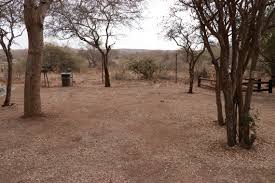 9D/8N
9D/8N
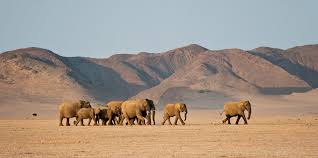 11D/10N
11D/10N
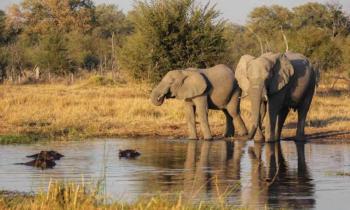 13D/12N
13D/12N
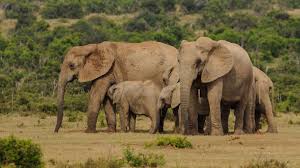 8D/7N
8D/7N
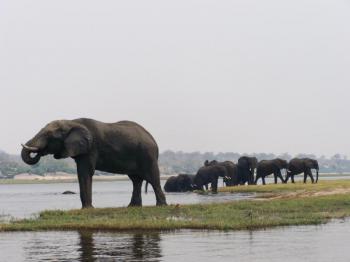 7D/6N
7D/6N
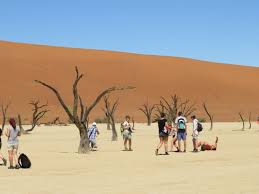 14D/13N
14D/13N
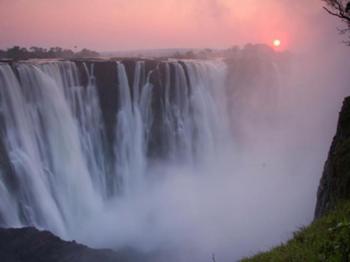 21D/20N
21D/20N
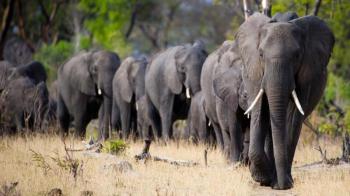 17D/16N
17D/16N
17 Days Botswana & Zimbabwe Wildlife Pac..
Johannesburg - Harare - Victoria Falls
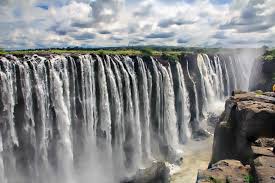 28D/27N
28D/27N
28 Days Botswana, Victoria Falls & East ..
Nairobi - Johannesburg - Victoria Falls
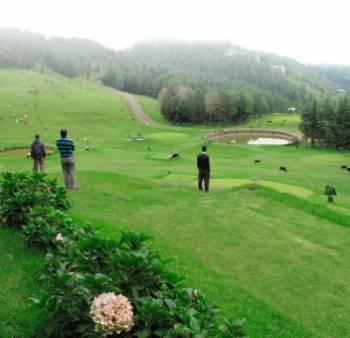 21D/20N
21D/20N
Shimla Mandi Manali Manikaran Jawala G C..
Shimla - Mandi - Manali - Chandigarh City - Kufri - Chail - Solan
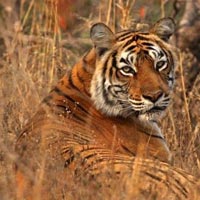 21D/20N
21D/20N
Wildlife Adventure Tours in India
New Delhi - Bharatpur - Agra - Nagpur - Mumbai
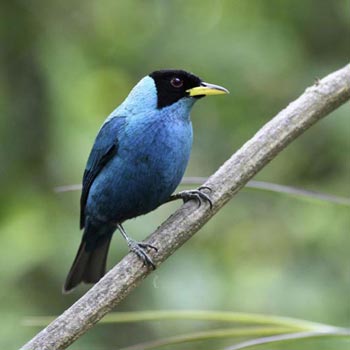 21D/20N
21D/20N
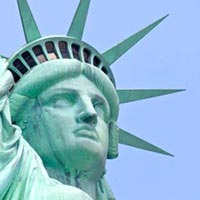 21D/20N
21D/20N
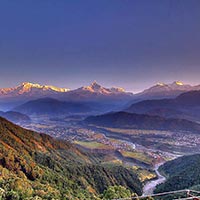 21D/20N
21D/20N
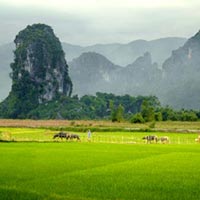 21D/20N
21D/20N
Experience of Vietnam & Cambodia 21 Days..
Siem Reap - Ho Chi Minh City - Cu Chi Tunnel
New Delhi - Agra - Jaipur - Pushkar - Udaipur - Jodhpur - Bikaner - Amritsar - Rana..
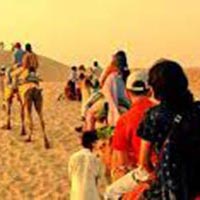 21D/20N
21D/20N
New Delhi - Agra - Jaipur - Pushkar - Sawai Madhopur - Kota - Bundi - Chittorgarh -..
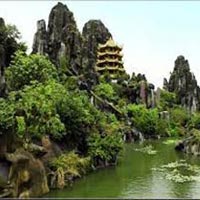 21D/20N
21D/20N
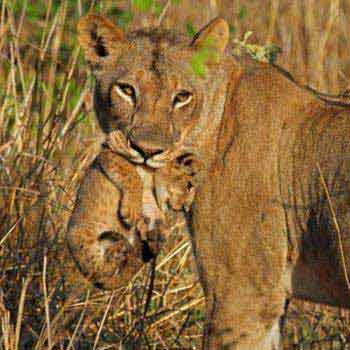 9D/8N
9D/8N
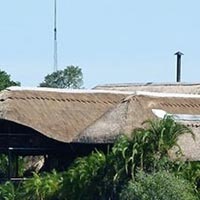 10D/9N
10D/9N
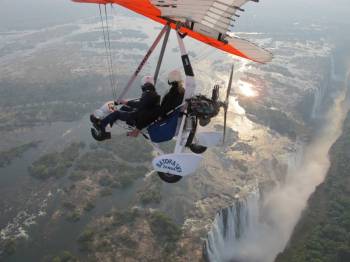 7D/6N
7D/6N
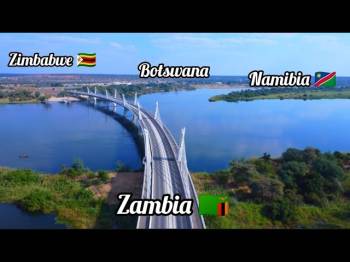 8D/7N
8D/7N
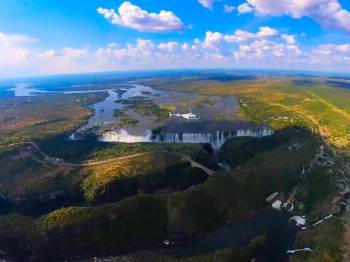 4D/3N
4D/3N
 6D/5N
6D/5N
Srilanka - 06Days / 05Nights Package
Negombo - Pinnawala - Kandy - Bentota - Colombo - Lusaka
 3D/2N
3D/2N
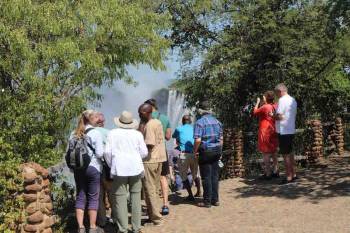 1D/0N
1D/0N
Livingstone - Mukuni Village Zambia - Livingstone Museum, - Livingstone Musuem Zamb..
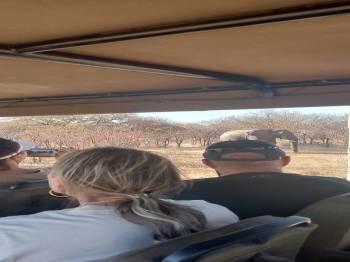 8 Hours
8 Hours